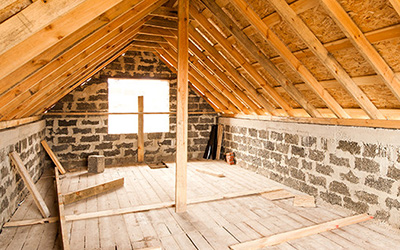Mr. Handyman offers start-to-finish countertop installation services with guaranteed results. For kitchen remodels, we can remove the existing countertop and dispose of it in a responsible manner. Next, we’ll prepare the base cabinets for the countertop by ensuring everything is level and the cabinets can support the weight of the soapstone countertop. Once the countertop is installed, our experts will seal the countertop, if necessary.
We don’t stop there! Our kitchen services can take care of everything else, including kitchen sink installation, backsplash installation and more.
Soapstone Countertop Installers Near Me
Soapstone countertops are a large investment, and you want them installed correctly by trusted experts. Your local Mr. Handyman is standing by, ready to help. Give us a call or request service online today!
 Click to call
Click to call




